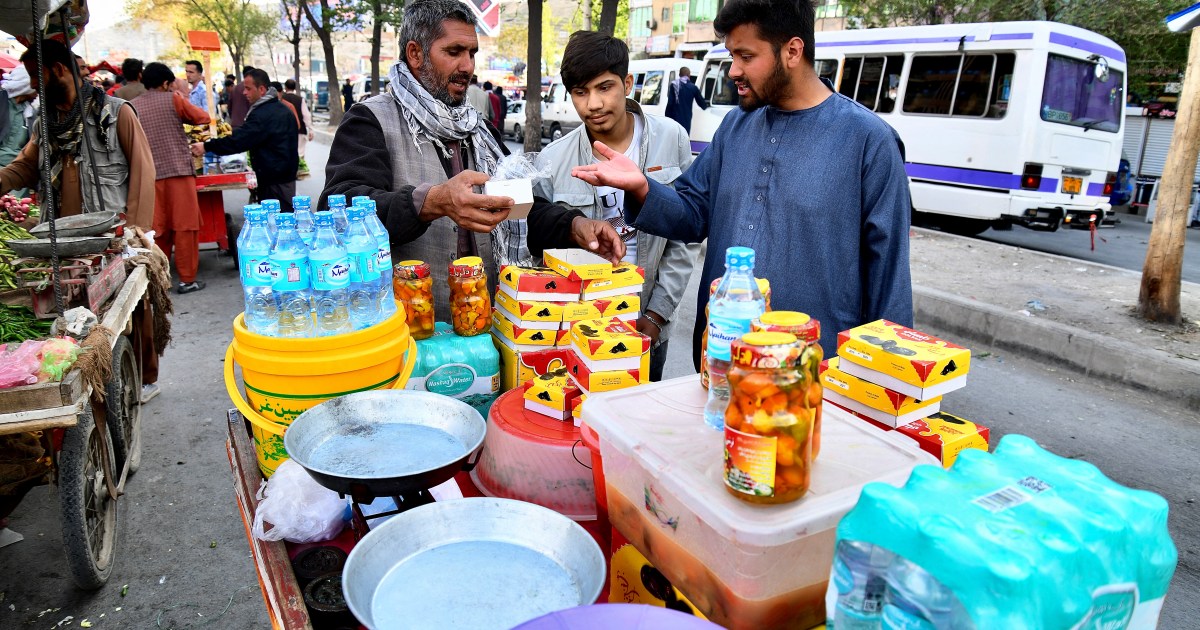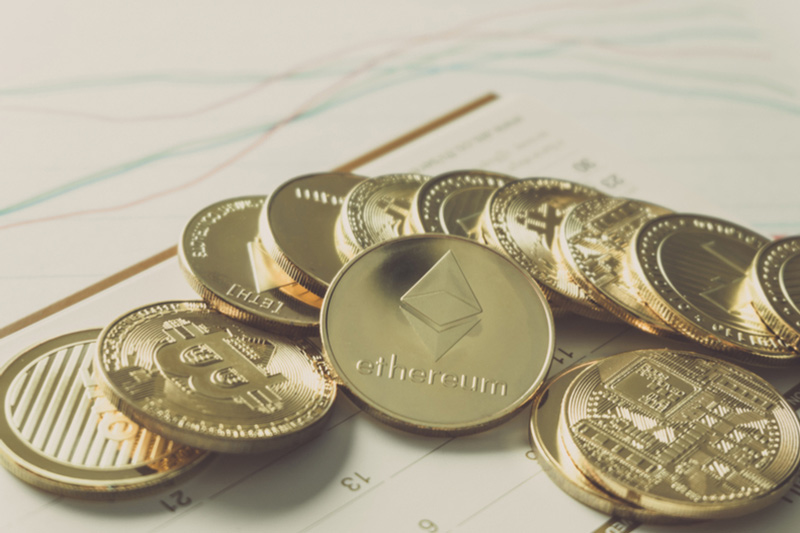We are witnessing three planetary crises of climate change, biodiversity loss, and pollution. Our current consumption rates need 1.6 earths each year, so we must change our lifestyles. But, developed countries and emerging economies can do a lot more together. United Nations (UN) Secretary General (SG) António Guterres delivered this message from India to the world.
On October 20, Prime Minister (PM) Narendra Modi and Guterres jointly launched Mission LiFE (Lifestyle for Environment). Having first spoken about it at the Glasgow climate negotiations last year, Modi pushed for it to be both a national mission and a global movement. He called it a “democratic response to climate change”.
I asked the SG why he thought it was important. “Each one of us has to understand that we also need to make peace with nature.” He argued that at an individual level, we must reduce our carbon footprint, be conscious of what we eat, how we move, and how we avoid waste.
There is also the potential for LiFE to become a global movement. The PM has envisioned LiFE as a mission that makes everyone a “trustee of the environment”. Guterres sees a sense of agency in this approach. It is, in part, mobilising people to understand that they have a role to play. However, this agency extends beyond individual actions to when citizens “ask their governments, their cities, the companies where they work…to deliver” against the triple planetary crises.
But this is where cynicism could set in. For many people, the scales of problems seem too large for individual actions to have an impact. Guterres gives a more instrumental response. He points out that “pollution is a killer” or that with biodiversity loss, we would lose access to “many medicines available today”, and that we can already see climate-related devastation worldwide. The responses, therefore, must start with individuals consuming in a manner that is compatible with a “sustainable society and a sustainable economy” but doing so in their broader collective interest as well.
The intersection of society and economy also helps us to understand how LiFE can evolve as a mission and a movement. The PM observed that one of the challenges of the climate crisis is that “individuals have come to believe that only governments or international organisations will do something”. He gave examples of how individual actions (from the thermostat setting of air conditioners to the choice of mobility to the choice of lighting) can also have economy wide and planetary-level impacts in terms of reduced emissions or improved public health.
How would that unfold? As a mission, LiFE could evolve in three phases. First, we must nudge individual behaviour towards more sustainable consumption choices. This is the demand side. Second, we must enable markets to deliver products and services that are more sustainable, more accessible, and more affordable. This is the supply side. Third, we must redefine aspirations about how our policies and politics deliver on collective societal goals.
If only the demand for sustainability rises, but the supply is inadequate, or our policies are incoherent, frustration could set in. Conversely, if more renewable energy gets deployed, sustainable public transport is available, or a circular economy to reduce and manage waste emerges, a virtuous cycle could ensue, driving further demand from individuals.
For markets to deliver, scale is important, as is a clear sense of direction and common purpose. Guterres identified these two dimensions in India’s energy transition as lessons for the world. One is the “gigantic project” of building 500 gigawatts of renewable or non-fossil electricity capacity as a “major contribution to climate action”. Another is community action. Having visited the solar-powered village of Modhera, he saw it as a “remarkable project of inclusivity and solidarity”, akin to the values underlying the Sustainable Development Goals.
Of course, it is not about one village. India has a market of tens of billions of dollars for using distributed clean energy for income-generating activities in rural areas. So, rather than only grant-funded schemes, more sustainable financial solutions will be needed to tap into this vast but underserved market across the developing world.
Yet, while the energy transition unfolds in the Global South, capital remains largely locked in the Global North. How can this deadlock be broken? At the forthcoming Conference of the Parties (COP27) in Egypt, Guterres wants advanced economies to “respond to the legitimate requests of developing countries” because “loss and damage is a reality”.
But it is in India’s upcoming G20 presidency that lies an opportunity to forge “a pact” between developed countries and emerging economies. Emerging economies cannot reduce their emissions if they do not have massive support in finance and technology because their industry-dependent economic structures are different from service sector-dependent developed countries. But these large economies must have a shared understanding that they can achieve their mutual aims of decarbonisation without deindustrialisation only if they worked together “by sharing their resources, technologies, and capacities”.
India’s has its task cut out: Promoting international cooperation to battle mega planetary crises, economic interdependence for continued development across the Global South, and creating global solidarity through individual responsibility. As the PM said, “LiFE does not look at which country is in which coalition but brings everyone together.” Mission LiFE is an important step towards renewed and reimagined multilateralism. Ultimately, we cannot fix the planet on which we live without fixing how we live.
Arunabha Ghosh is CEO, Council on Energy, Environment and Water, and a member of the UN Secretary-General’s High-Level Expert Group on Net-Zero Emissions Commitments of Non-State Entities. He interviewed the UN SG for this column The views expressed are personal















